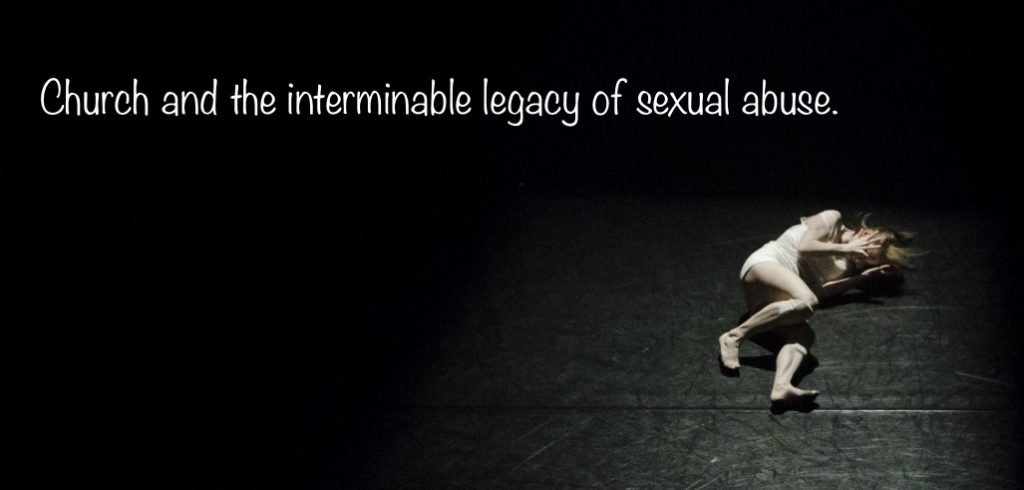
The Body of Christ is beautiful; “when the church gets it right, she is beautiful. When the church gets it right—when we fulfill the intentions of our Lord Christ and His character is revealed through us—”
(John Stumbo – A Stained Beauty
The past week was an emotional roller coaster. The school shooting in Uvalde, Texas continues to weigh heavy on my heart. The Guidepost SBC report is gut wrenching. There may be some tendency to discount media reports as overstatements or secular critics gloating over the moral and ethical failures of the SBC. I an currently reading the entire report and have found no reason to mitigate any criticisms. The depth and breath of the SBC Executive Committee’s malfeasance defies understanding.
If there was any encouragement in the SBC report, it was the story how the investigation came about.
For three minutes last summer, a call to investigate how Southern Baptist leaders have dealt with sexual abuse was dead in the water.
https://www.washingtonpost.com/religion/2022/05/27/how-apocalyptic-southern-baptist-report-almost-didnt-happen/
Then a little-known denominational bylaw and a pastor from Indiana saved it.
“I just had to do it,” said Todd Benkert, pastor of Oak Creek Community Church in Mishawaka, Ind. “It was me or nobody.”
About 15 minutes into a morning business session at the Southern Baptist Convention’s June 2021 annual meeting in Nashville, Southern Baptist leaders announced that a motion to set up an independent sex abuse investigation was being tabled.
Because the motion dealt with the internal workings of an SBC entity — in this case, the denomination’s Nashville-based Executive Committee — denominational officials, relying on bylaw 26 of the SBC’s constitution, decided to refer the motion to that entity.
In other words, the Executive Committee would be put in charge of investigating itself.
Then-President J.D. Greear was ready to move on when Benkert stood up at a microphone with a motion of his own, based on another section of bylaw 26.
“I would like the opportunity to make a motion to overrule the Committee on Order of Business at the appropriate time,” he said.
Benkert’s motion was met with applause. Then a second and, then, almost all of the 15,000 local church delegates, known as messengers, raised their yellow voting cards in the air — far more than the two-thirds majority needed to overrule the committee.
Hopefully my previous posts raised your awareness. I recommend these two podcasts that speak powerfully to the SBC crisis and the problem of sexual abuse in the church. The SBC information is not “tweetable”, it requires intentional time and effort.
SBC’s response is yet to be determined and will shape the future of its 14,000 churches and 14 million members. Their response will have profound impact on the reputation of the Christian church for outsiders.
Christianity has traditionally been seen as a stabilizing, even moderating, influence on American life. In 1975, more than two-thirds of Americans expressed “a great deal or quite a lot of confidence in the church,” according to Gallup, and as of 1985, “organized religion was the most revered institution” in American life. Today, Gallup reports, just 37 percent of Americans have confidence in the Church.
To be honest, I have come to understand that my concern about sexual abuse in the church is not shared by many. Not to say they don’t care about sexual abuse, but it is more like our concern for starving children in Africa, terrible but thank God we are blessed— where can I send money?
It is my hope the information shared in this post and previous posts will somehow penetrate the shield we have erected to protect our idealized view of church. Confronted with the truth that the local church is very fragile, the SBC crisis can be a catalyst for self-examination and response in our own context.
Despite the negative impact of the SBC crisis, there is an opportunity to demonstrate the beauty of the church in our response and raise confidence in the Church.
The next few posts will address what I believe that response should look like.
STILL ON THE JOURNEY